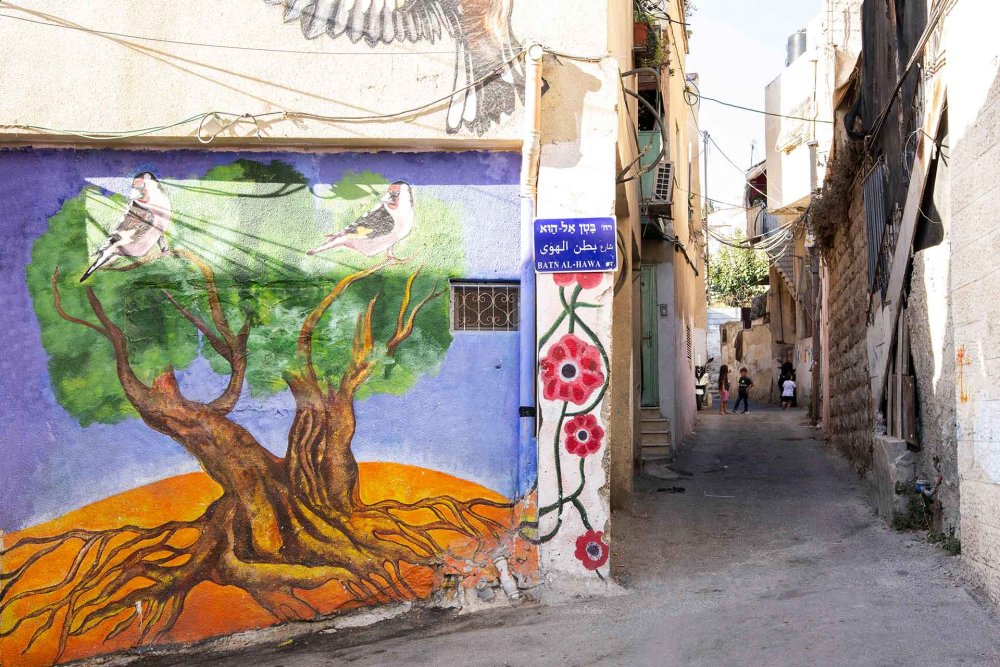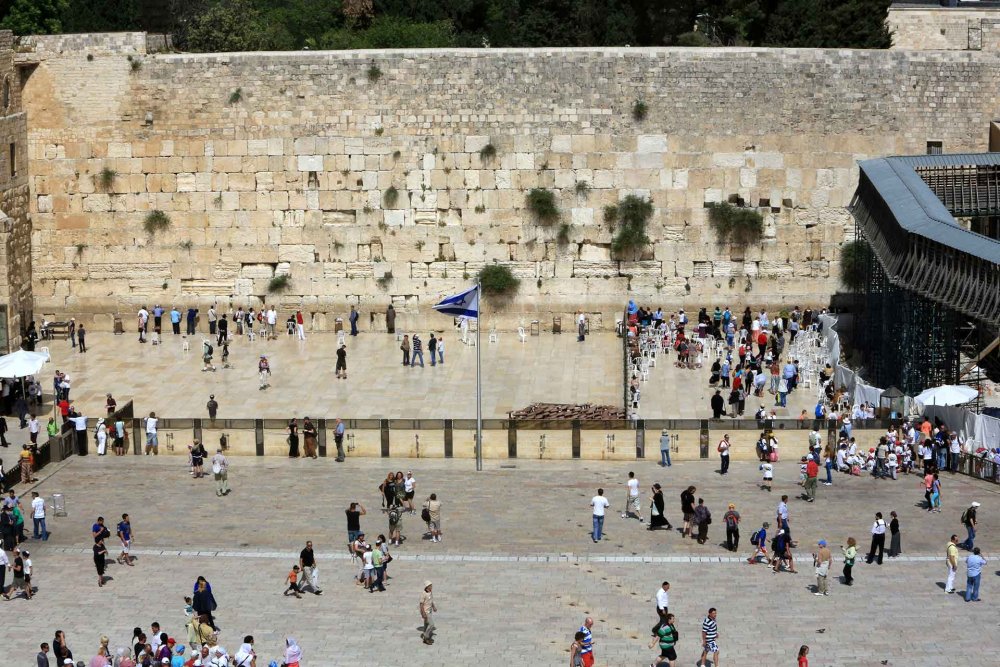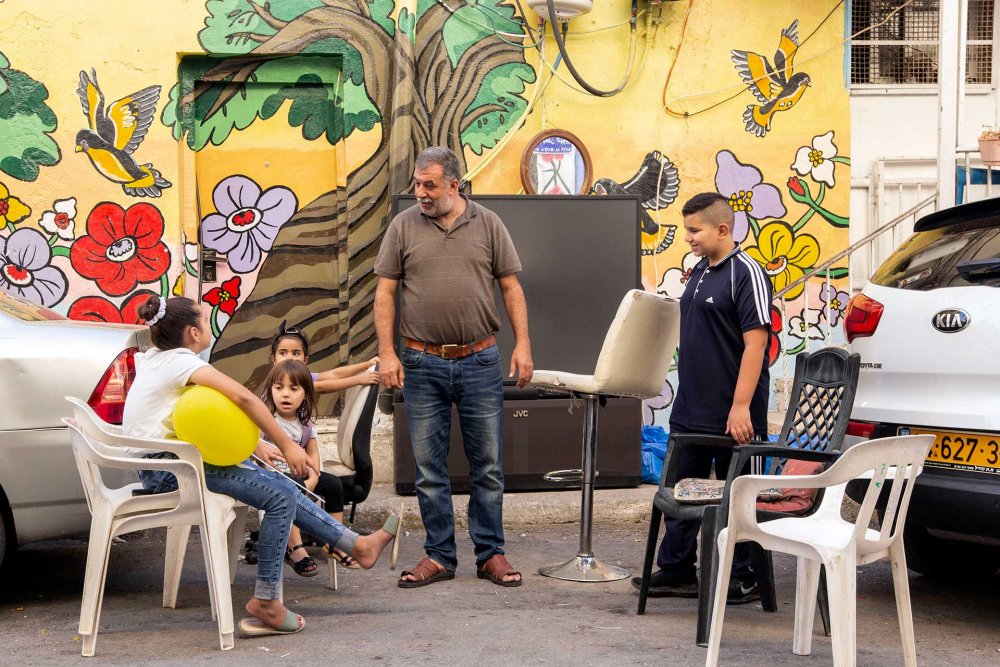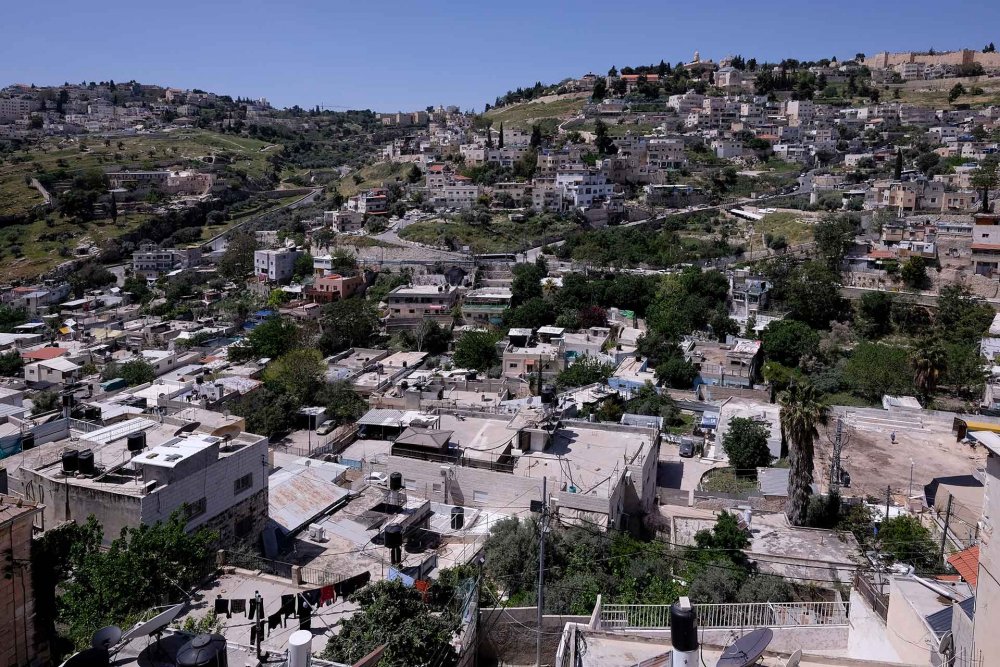On July 16, 2024, Israeli settlers broke into the Palestinian Abu Nab family’s home in Batn al-Hawa, one of the 12 areas that make up East Jerusalem’s Silwan neighborhood, and began renovation work, taking advantage of the fact that it was temporarily empty. Simultaneously, the Shehadeh family in Batn al-Hawa received an expulsion order, giving their 35-member family 20 days to leave their home or face forcible expulsion1 (see Israeli Courts Order More than 50 Palestinians Expelled from Homes in Silwan and Sheikh Jarrah).
This came just a week after the Jerusalem District Court rejected appeals filed by 11 Palestinian families from Batn al-Hawa—greenlighting the expulsions of 66 Palestinians2 from their longtime homes so settlers could seize them and move in.
The court ordered the Abu Nab family as well as a second family, the Ghaiths, to immediately vacate their homes and pay NIS 10,000 (roughly $2,740) to the Jewish settler organization Ateret Cohanim for legal fees. Additionally, other Silwan residents including the Nasser and Kaid Rajabi families were given until January 12, 2025, to leave their homes and pay NIS 10,000 to Ateret Cohanim.3






